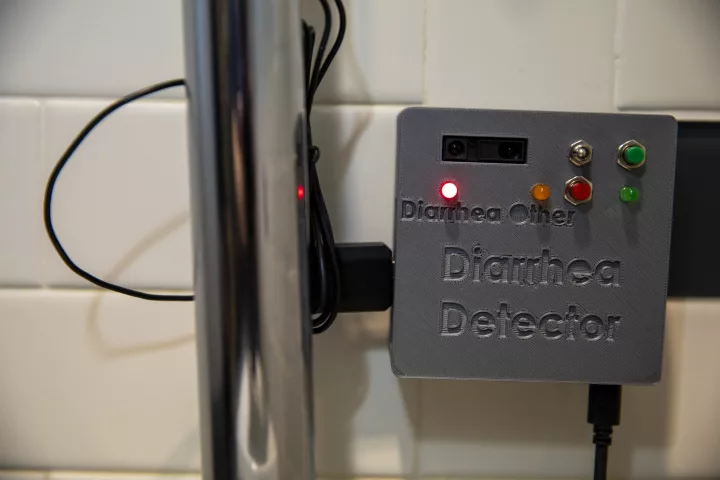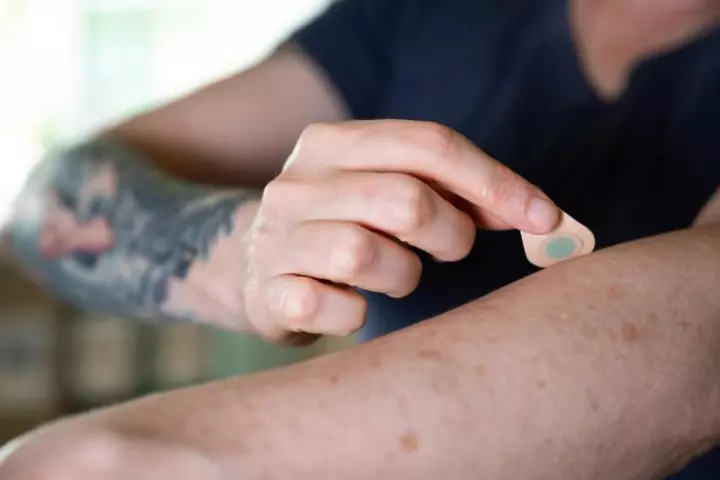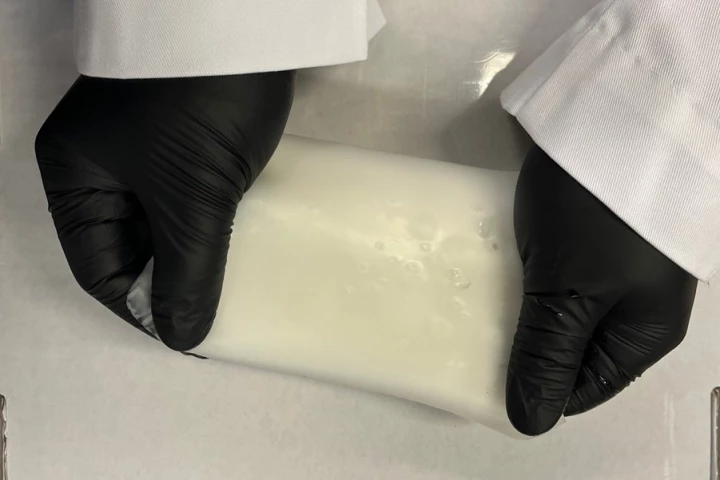Georgia Tech
-
Georgia Tech scientists have discovered a new quantum state in a quirky material. In a phenomenon never before seen in anything else, the team found that applying a magnetic field increased the material’s electrical conductivity by a billion percent.
-
E. coli is arguably the most well-studied organism on Earth, but scientists have now discovered a new behavior that’s almost never seen in bacteria. The normally single-celled organisms have shown signs of previously unknown multicellular phases.
-
When it comes to communicable diseases, it's important to identify the source of an outbreak ASAP. In the case of cholera, a new toilet sensor could help, by detecting how many people in one area are experiencing one of the main symptoms – diarrhea.
-
Scientists have developed a microneedle patch that can be self-administered and painlessly deposit a tattoo onto skin in minutes. The technology is proposed for simple medical or animal uses but cosmetic uses are possible in the future.
-
While many dog (or cat) owners would like to know what their pet does all day while left home alone, they don't necessarily want a bunch of cameras placed inside their house. The PetTrack system offers a less intrusive alternative, as it keeps tabs on pets via radio signals.
-
With new manufacturing techniques comes the opportunity for new metal alloys with a range of possible properties. A team of researchers has now developed a new 3D-printable alloy with a specific nanostructure that makes it ultra strong and ductile.
-
The best bits of thunderstorms often happen above the clouds. Scientists have now described in detail the most powerful “gigantic jet” of lightning ever observed, which blasted energy equivalent to 60 regular lightning bolts upwards into space.
-
Although there are various systems that detect quadriplegics' head movements, most such setups are limited to the control of wheelchairs. Such is not the case, however, with the MagTrack system.
-
Rubber might not seem like a great candidate for an electrolyte material in a battery, but Georgia Tech researchers have developed a new rubbery material with a high conductivity, which could make for safer electric vehicle batteries with longer range.
-
Is there microbial life floating around in the clouds of Venus? Scientists have long pondered this question and soon we may get some answers, starting with a cloud-skimming mission in 2023 to search for signs of life.
-
A team at the Georgia Institute of Technology have come up with a concept that would see bacteria shipped to Mars produce rocket fuel and liquid oxygen from atmospheric CO2 to power a spacecraft on its return journey to Earth.
-
Robots are great explorers, but one environment that’s tricky for them to navigate is through the ground. Now, engineers at UCSB and Georgia Tech have developed a snake-like robot that uses a range of methods to burrow through soft sand or soil.
Load More











